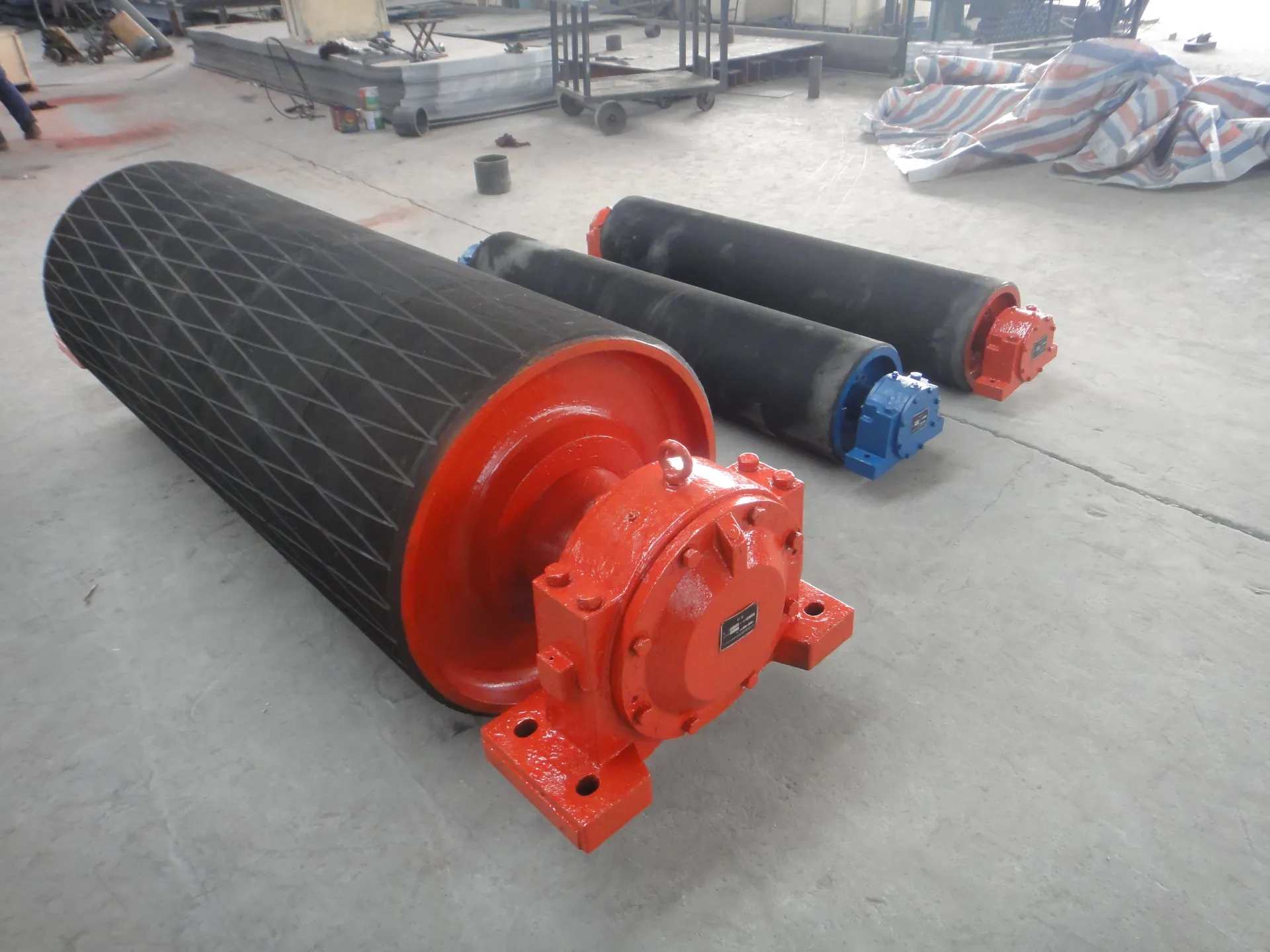 Afrikaans
Afrikaans  Albanian
Albanian  Amharic
Amharic  Arabic
Arabic  Armenian
Armenian  Azerbaijani
Azerbaijani  Basque
Basque  Belarusian
Belarusian  Bengali
Bengali  Bosnian
Bosnian  Bulgarian
Bulgarian  Catalan
Catalan  Cebuano
Cebuano  Corsican
Corsican  Croatian
Croatian  Czech
Czech  Danish
Danish  Dutch
Dutch  English
English  Esperanto
Esperanto  Estonian
Estonian  Finnish
Finnish  French
French  Frisian
Frisian  Galician
Galician  Georgian
Georgian  German
German  Greek
Greek  Gujarati
Gujarati  Haitian Creole
Haitian Creole  hausa
hausa  hawaiian
hawaiian  Hebrew
Hebrew  Hindi
Hindi  Miao
Miao  Hungarian
Hungarian  Icelandic
Icelandic  igbo
igbo  Indonesian
Indonesian  irish
irish  Italian
Italian  Japanese
Japanese  Javanese
Javanese  Kannada
Kannada  kazakh
kazakh  Khmer
Khmer  Rwandese
Rwandese  Korean
Korean  Kurdish
Kurdish  Kyrgyz
Kyrgyz  Lao
Lao  Latin
Latin  Latvian
Latvian  Lithuanian
Lithuanian  Luxembourgish
Luxembourgish  Macedonian
Macedonian  Malgashi
Malgashi  Malay
Malay  Malayalam
Malayalam  Maltese
Maltese  Maori
Maori  Marathi
Marathi  Mongolian
Mongolian  Myanmar
Myanmar  Nepali
Nepali  Norwegian
Norwegian  Norwegian
Norwegian  Occitan
Occitan  Pashto
Pashto  Persian
Persian  Polish
Polish  Portuguese
Portuguese  Punjabi
Punjabi  Romanian
Romanian  Russian
Russian  Samoan
Samoan  Scottish Gaelic
Scottish Gaelic  Serbian
Serbian  Sesotho
Sesotho  Shona
Shona  Sindhi
Sindhi  Sinhala
Sinhala  Slovak
Slovak  Slovenian
Slovenian  Somali
Somali  Spanish
Spanish  Sundanese
Sundanese  Swahili
Swahili  Swedish
Swedish  Tagalog
Tagalog  Tajik
Tajik  Tamil
Tamil  Tatar
Tatar  Telugu
Telugu  Thai
Thai  Turkish
Turkish  Turkmen
Turkmen  Ukrainian
Ukrainian  Urdu
Urdu  Uighur
Uighur  Uzbek
Uzbek  Vietnamese
Vietnamese  Welsh
Welsh  Bantu
Bantu  Yiddish
Yiddish  Yoruba
Yoruba  Zulu
Zulu conveyor system components
Understanding Conveyor System Components
Conveyor systems are essential in various industries, providing an efficient means of transporting materials and products from one location to another. Their widespread use ranges from manufacturing industries to logistics and warehousing. The effectiveness of a conveyor system is attributed to its various components, each playing a crucial role in ensuring seamless operation. In this article, we will explore the fundamental components of conveyor systems and their importance.
1. Conveyor Belts
At the heart of any conveyor system is the conveyor belt. This continuous loop of material is designed to carry items from one point to another. Conveyor belts come in various types, including flat belts, modular belts, and cleated belts, each tailored for specific applications. The material of the belt, whether rubber, plastic, or fabric, determines its durability, flexibility, and suitability for transporting different types of products. The choice of conveyor belt is vital as it directly influences the efficiency and safety of the conveying process.
2. Pulleys and Rollers
Pulleys and rollers are critical components that support the conveyor belt and facilitate its movement. Pulleys, often located at the ends of the conveyor system, guide the belt along its path while providing tension to maintain its stability. Rollers are strategically placed throughout the conveyor to reduce friction and ensure smooth operation. The quality and configuration of pulleys and rollers can significantly affect the conveyor's performance, impacting load capacity and energy consumption.
3. Drive Motors
The heart of conveyor motion is the drive motor. This component provides the necessary power to move the conveyor belt and materials. The type of motor used can vary based on the application, with options including electric motors, hydraulic motors, or even pneumatic systems for specific industrial needs. Proper selection and maintenance of drive motors are crucial, as they need to provide consistent power and torque to handle varying loads efficiently.
conveyor system components

4. Idlers
Idlers are supports that hold the conveyor belt in place and help maintain its alignment. These stationary components are usually located above and below the belt and play a key role in reducing friction between the belt and the structure of the conveyor. By distributing the load evenly and ensuring the belt runs smoothly, idlers contribute to the longevity of both the belt and the overall conveyor system.
5. Hoppers and Chutes
In many applications, materials need to be fed into the conveyor system. This is where hoppers and chutes come into play. Hoppers are large containers that hold bulk materials, allowing for a consistent flow onto the conveyor belt. Chutes, on the other hand, direct materials from one point to another, ensuring they land smoothly onto the belt without causing jams or spills. The design of hoppers and chutes is critical, as they need to prevent clogging while allowing for easy access for loading.
6. Safety and Control Systems
Safety is paramount in any conveyor operation. Various safety components, including emergency stop switches, light curtains, and safety guards, are essential to protect workers and equipment. Additionally, control systems manage the operation of the conveyor, allowing for precise control of speed and direction. Automation technologies can enhance these systems, providing real-time monitoring and data analytics to optimize performance.
Conclusion
Understanding the various components of conveyor systems is essential for anyone involved in the design, operation, or maintenance of these systems. Each component, from the conveyor belt to the drive motors and safety systems, plays a vital role in ensuring efficient and safe material handling. By prioritizing quality and maintenance of each component, businesses can enhance productivity and reduce operational costs, ultimately contributing to a more streamlined and effective conveyor system. As industries evolve and seek greater efficiency, advancements in conveyor technology will continue to play a crucial role in logistics and manufacturing processes.
-
Trusted Conveyor Solutions from Leading Conveyor Idler Roller ManufacturersNewsJun.27,2025
-
Reliable Return Idler Solutions for Efficient Belt Conveyor SystemsNewsJun.27,2025
-
Precision Conveyor Accessories for Streamlined Material HandlingNewsJun.27,2025
-
High-Quality Belt Conveyor Idler Solutions for Efficient Material HandlingNewsJun.27,2025
-
High-Performance Belt Conveyor Pulleys for Reliable Material HandlingNewsJun.27,2025
-
Enhancing Material Handling EfficiencyNewsJun.27,2025





























